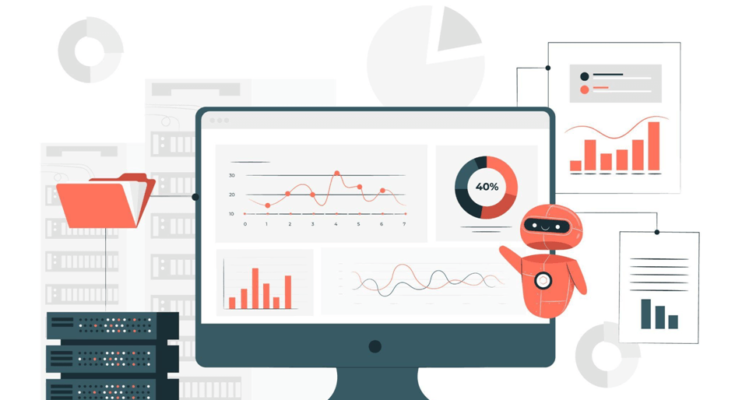Introduction to Data Integration and Extraction:
Data integration and extraction are two powerful techniques used in the business world to manage large amounts of data. These techniques involve collecting and integrating data from multiple sources and extracting useful information for analysis and decision-making purposes. In the context of B2B prospecting, data integration and extraction can provide valuable insights and help businesses to identify the right prospects.
Benefits of Data Integration and Extraction for B2B Prospecting:
There are several benefits to using data integration and extraction for B2B prospecting. These include:
- A comprehensive view of prospects: By integrating data from multiple sources, businesses can gain a better understanding of their prospects and their behavior.
- Improved lead generation: Data integration and extraction can help businesses to identify and target the right prospects, improving lead generation efforts.
- Increased efficiency: Automating the data integration and extraction process can save time and effort, allowing businesses to focus on other important aspects of their operations.
- Better decision-making: Analyzing the data extracted from multiple sources can provide valuable insights and help businesses to make informed decisions about their prospecting strategies.
Steps to Integrate and Extract Data for Lead Generation:
- Identify data sources: Start by identifying the data sources that you want to integrate and extract. This could be internal databases, public databases, or social media platforms.
- Clean and standardize data: Ensure that the data is clean, accurate, and consistent to avoid any confusion or errors.
- Integrate data: Integrate data from multiple sources to gain a comprehensive view of prospects.
- Use data extraction tools: Data extraction tools such as web scrapers and APIs can help to gather large amounts of data quickly and efficiently.
- Analyze the data: Analyze the data to identify trends and patterns and gain valuable insights.
Tools to Automate the Process:
There are several tools available to automate the data integration and extraction process. Some popular options include Talend, Apache Nifi, and Informatica PowerCenter.
How to Analyze Data for Identifying the Right Prospects:
- Segment prospects based on specific characteristics: Analyze the data to segment prospects based on specific characteristics, such as industry, job title, or location.
- Identify decision-making patterns: Look for patterns in the data to better understand the decision-making process of prospects.
- Create targeted and personalized prospecting strategies: Use the insights gained from the data analysis to create targeted and personalized prospecting strategies.
Tips for Maximizing Lead Conversion Rates:
- Personalize your approach: Personalize your prospecting efforts to better resonate with prospects.
- Follow up regularly: Regular follow-up is crucial in maximizing lead conversion rates.
- Offer value: Offer value to prospects by providing relevant information and solving their problems.
Conclusion:
Data integration and extraction is a powerful tool for B2B prospecting. By using these techniques, businesses can gather and analyze valuable data about their prospects, allowing them to create targeted and effective prospecting strategies. By automating the process and analyzing the data, businesses can improve their lead generation efforts and maximize lead conversion rates.




